How to Get Your Child to Brush Their Teeth – 6 Simple Tips
As every parent knows, teaching your children about good oral hygiene habits and actually getting them to follow through and practice good oral hygiene are two separate challenges. If you’re struggling to get your children to brush their teeth every morning and night before bed, we encourage you to consider the following tips.

6 Tips to Get Your Child to Brush Their Teeth

1. Do It at the Same Times Every Day
Always brushing and flossing at the same time every morning (after breakfast) or in the evening (after dinner or before bed) will help your children develop healthy habits and impulses.
2. Honor Healthy Habits – No Matter What
In order to develop healthy habits, it’s essential that you always honor them – even if it’s summer vacation, a holiday, or you’re away from home.
3. Use Positive Reinforcement
If your child really struggles to participate in brushing and flossing, consider offering them a reward. You can use a sticker chart to add up to a reward or choose something simple that will help to motivate your child to take care of their teeth each day.
4. Let Them Pick Their Toothbrush and Toothpaste
Involving your child in the process of shopping for a toothbrush and toothpaste can help get them excited about using the products they picked out at the store.
5. Make It Fun
Make brushing and flossing fun by setting a timer and challenging your child to see if they can brush their teeth for the full two minutes. You can also look up toothbrush videos online that play fun songs and help to entertain your child while they brush for two minutes.
6. Explain Why It's So Important
Respect your child’s intelligence – children are smart, after all – and take the time to explain why oral hygiene is so important for their health and wellbeing. If need be, put it into terms that they’ll better understand, like keeping their teeth healthy so they’ll always be able to chew their favorite foods.


Teach Even More Good Oral Hygiene Habits With Regular Dental Exams and Cleanings
At Kenmore Pediatric Dentistry, Dr. Stewart is an expert in pediatric dentistry and talks to children about the importance of practicing good oral hygiene. She can even help to teach your children the proper ways to brush and floss their teeth to prevent tooth decay and cavities.
To learn more about brushing your child’s teeth or to schedule an appointment, we welcome you to contact our pediatric dental clinic in Kenmore today.





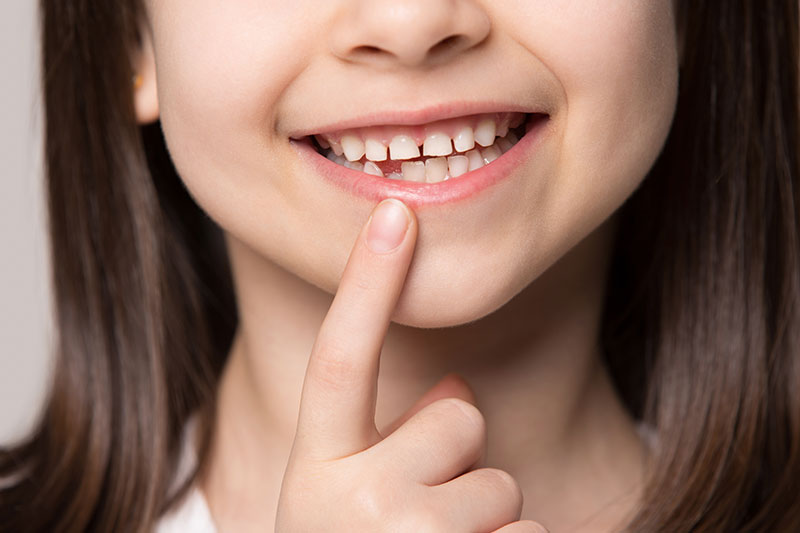
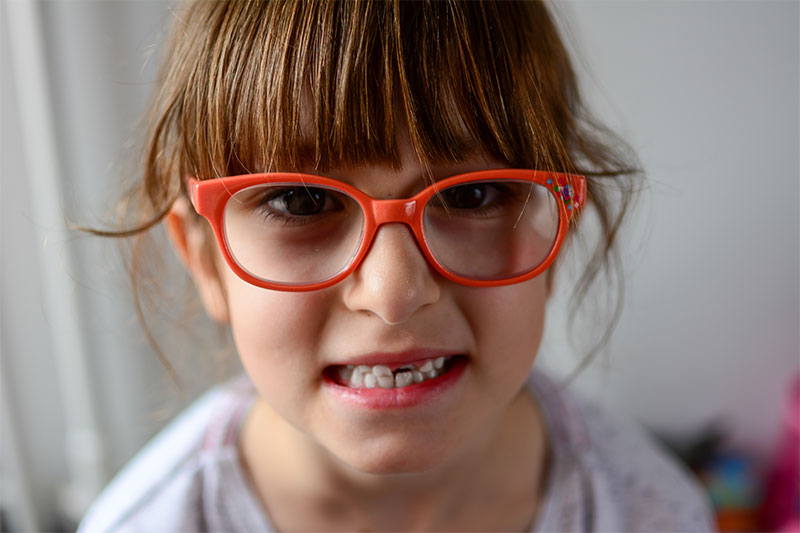
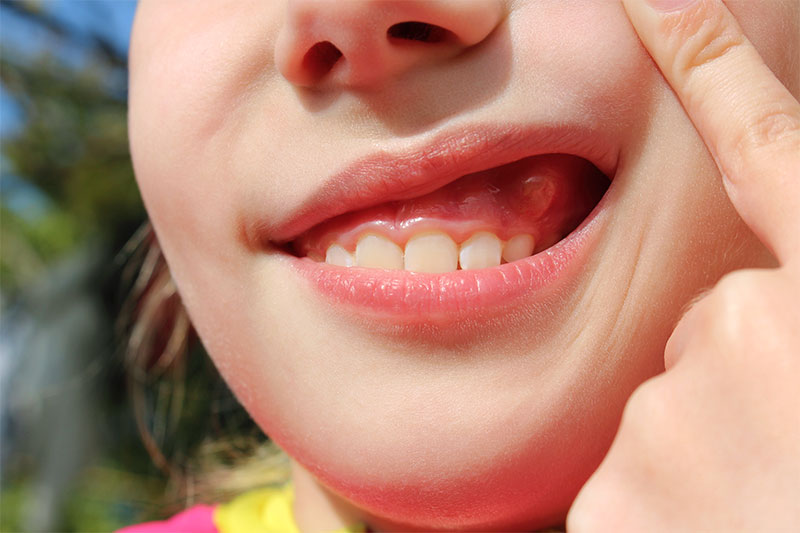

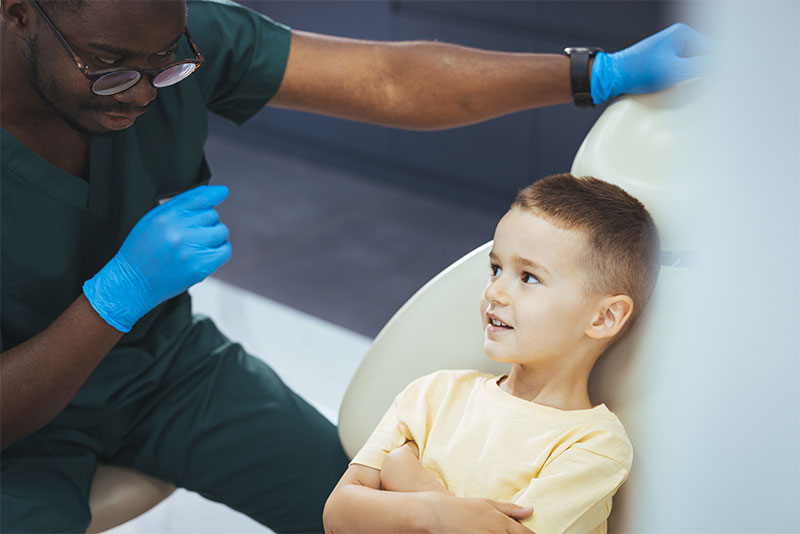
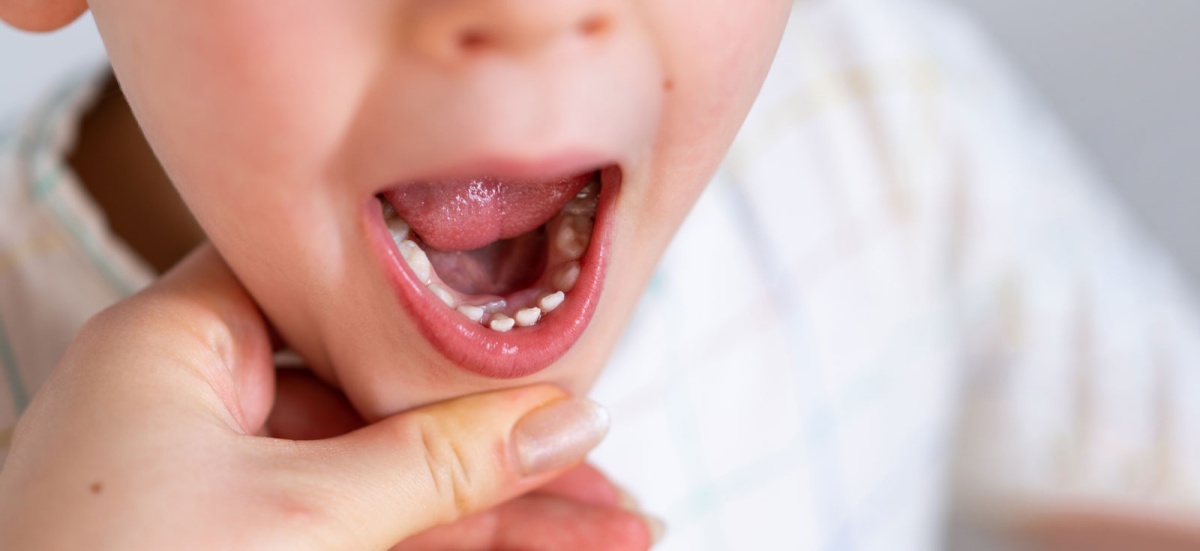





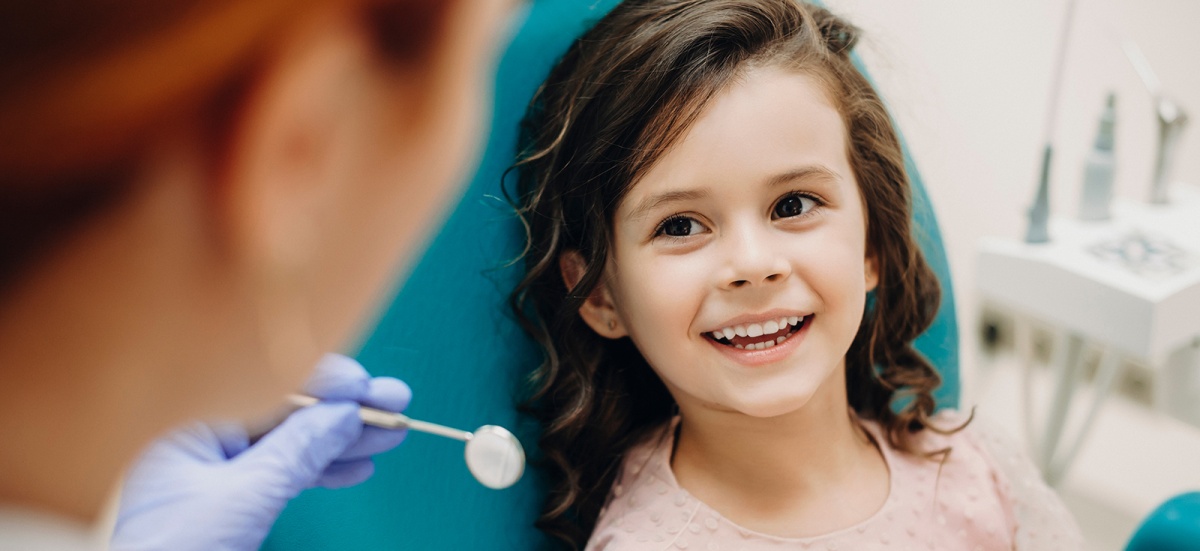
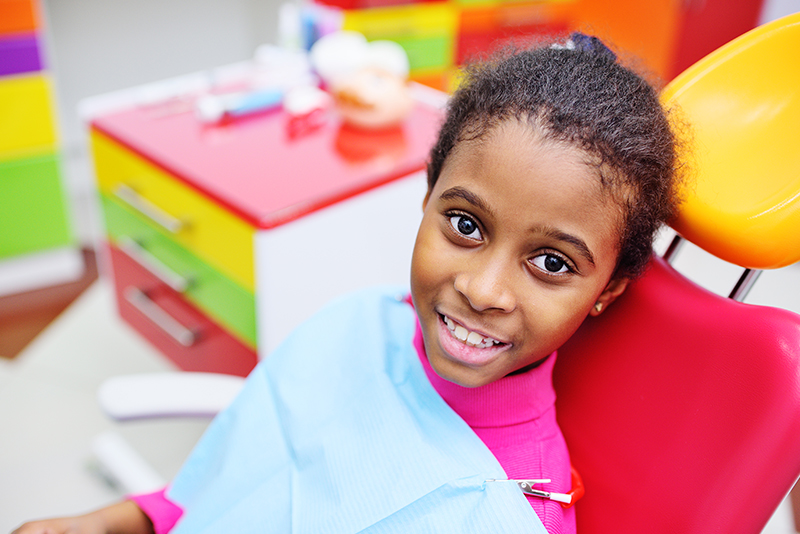

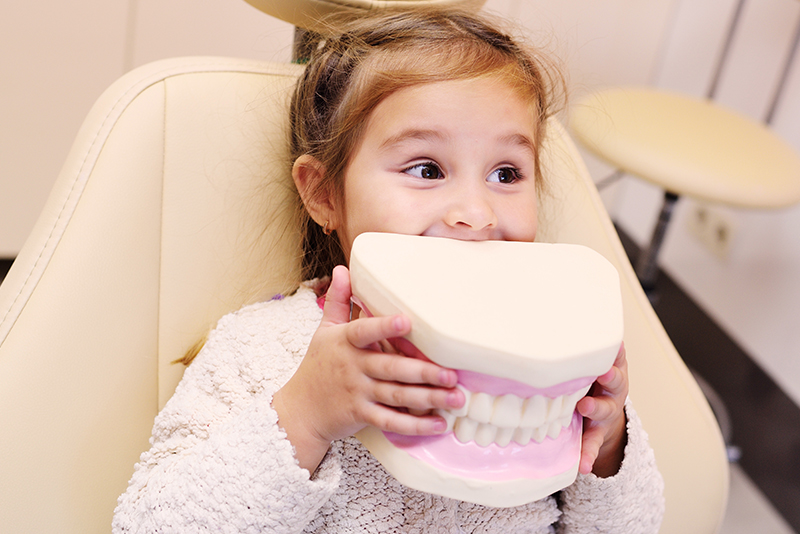

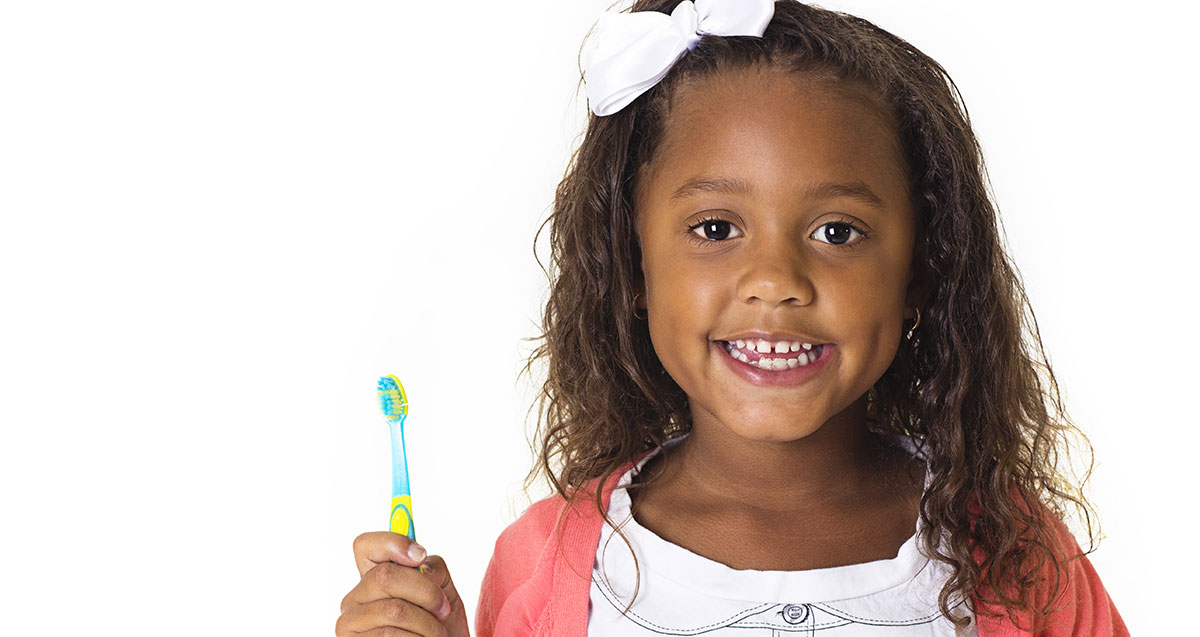
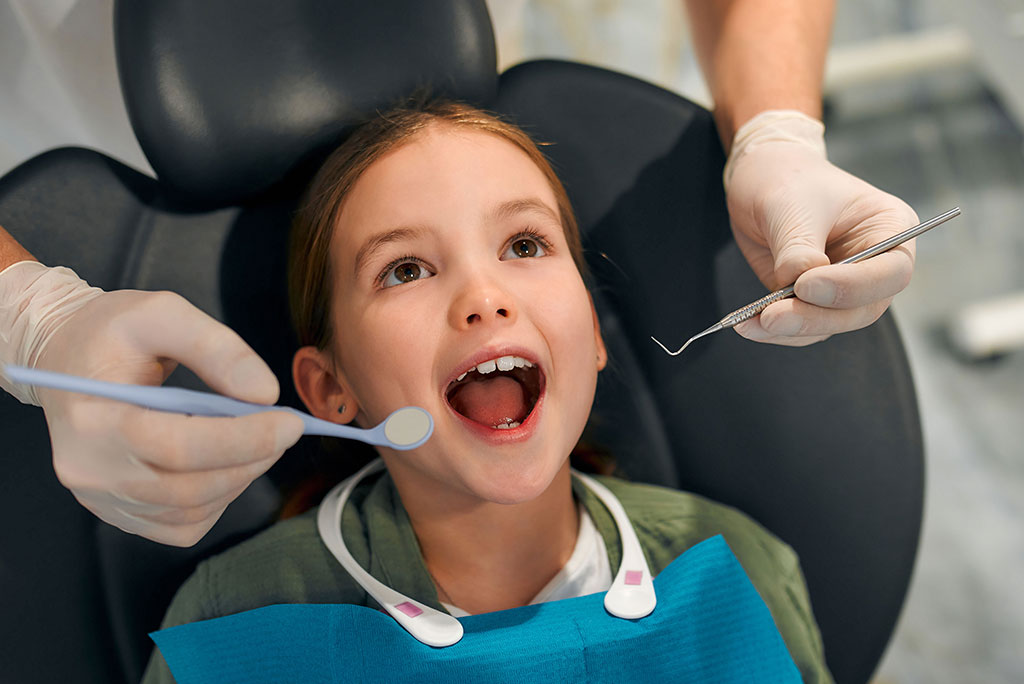
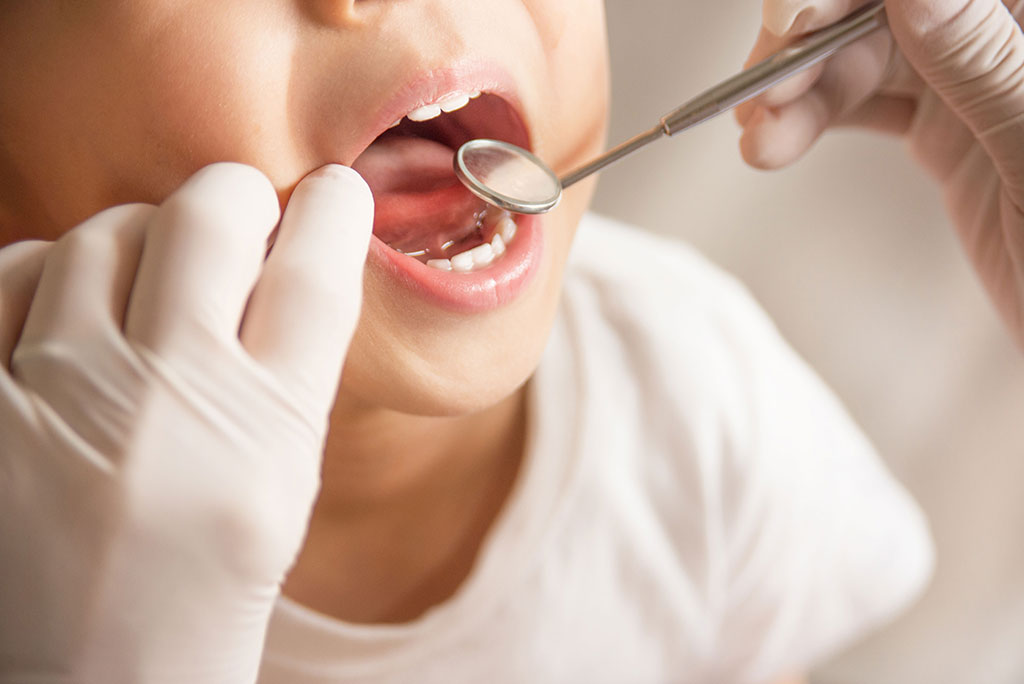
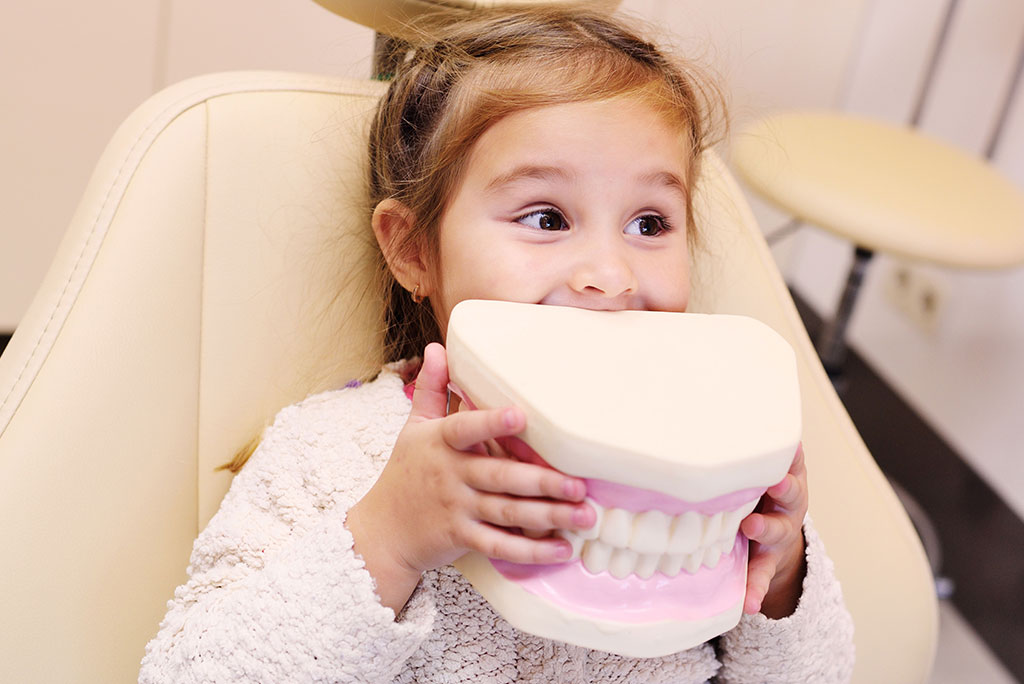
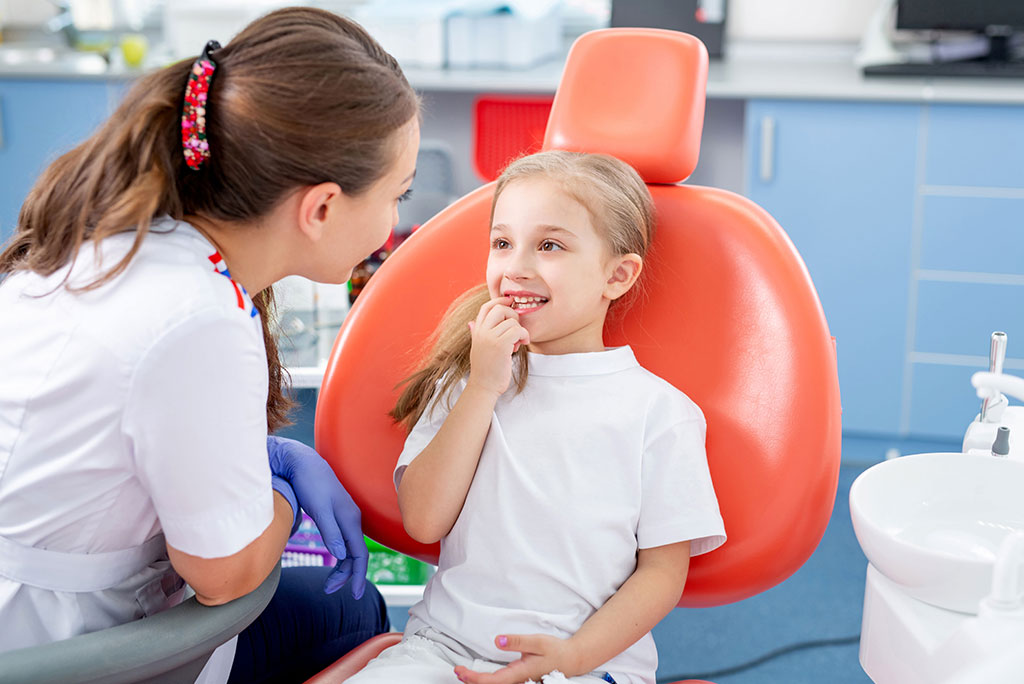



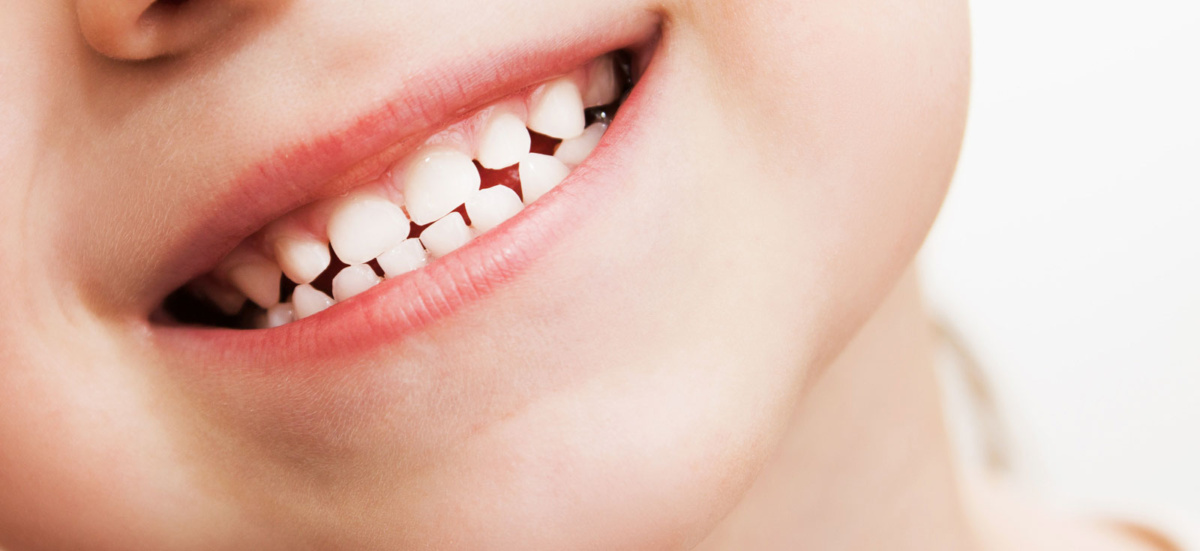
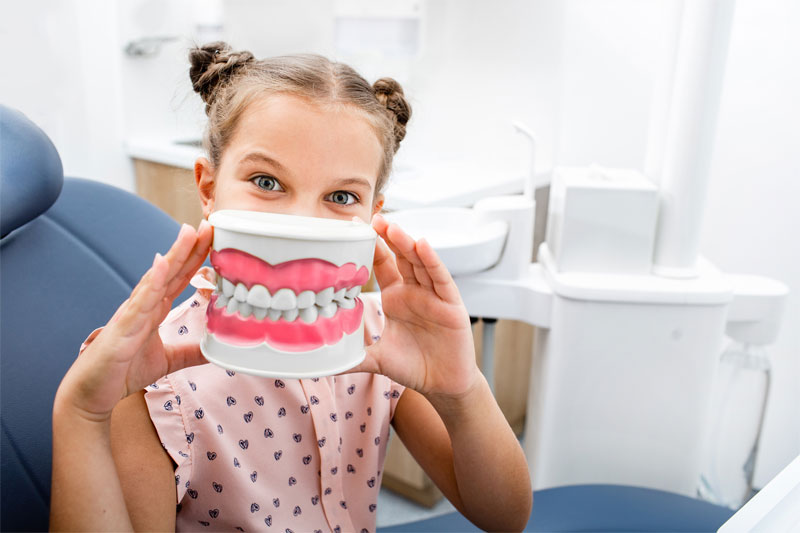
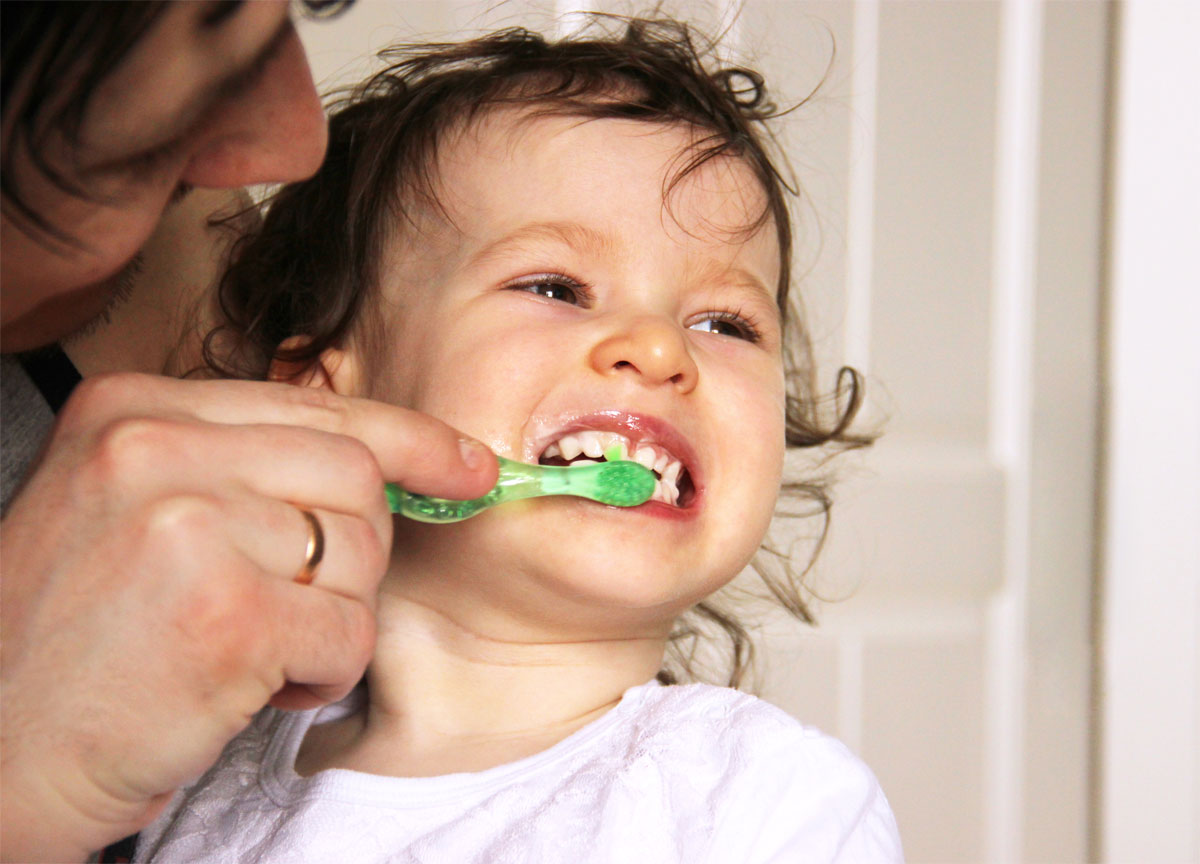






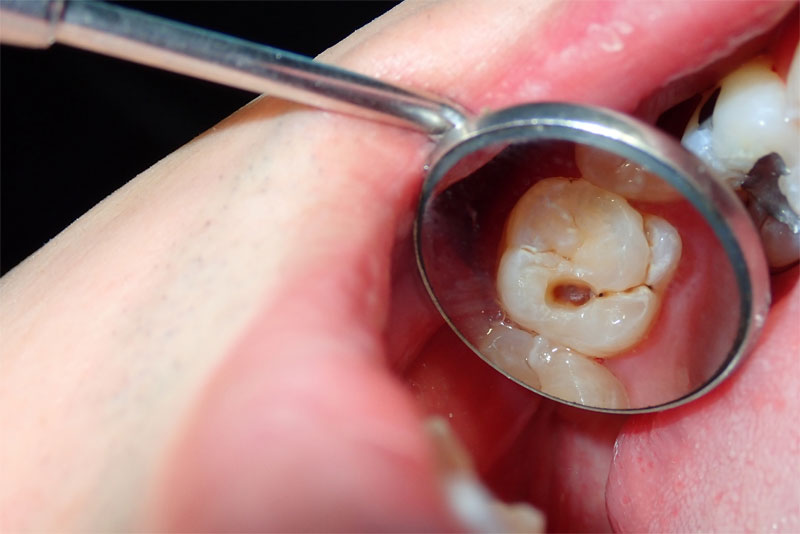

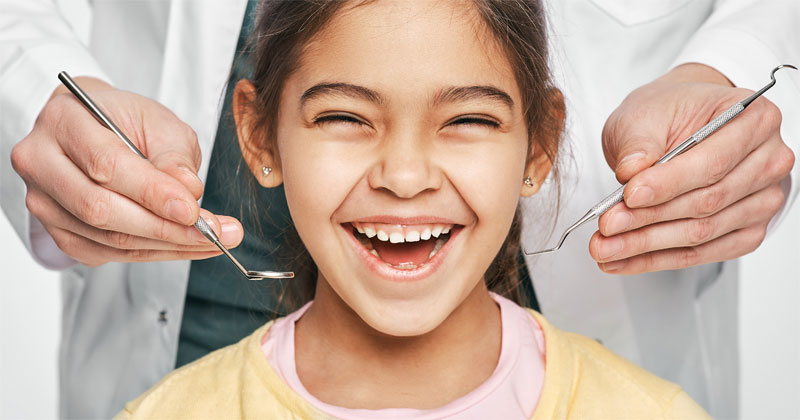
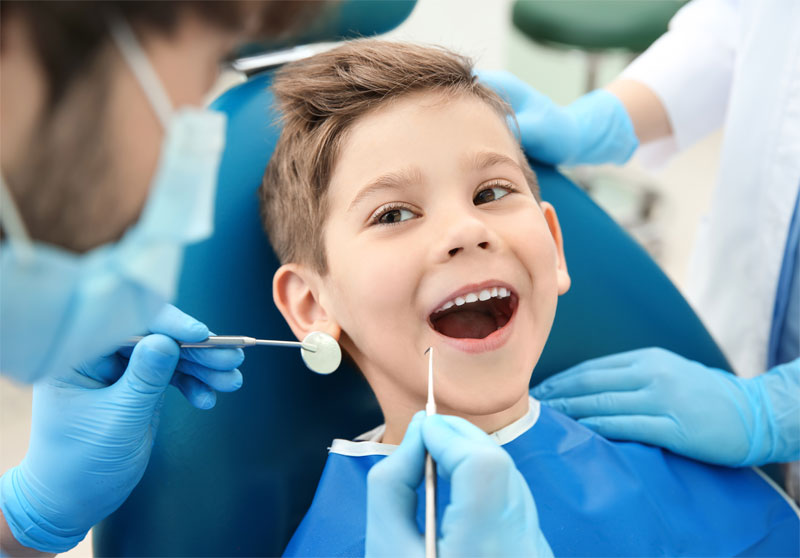
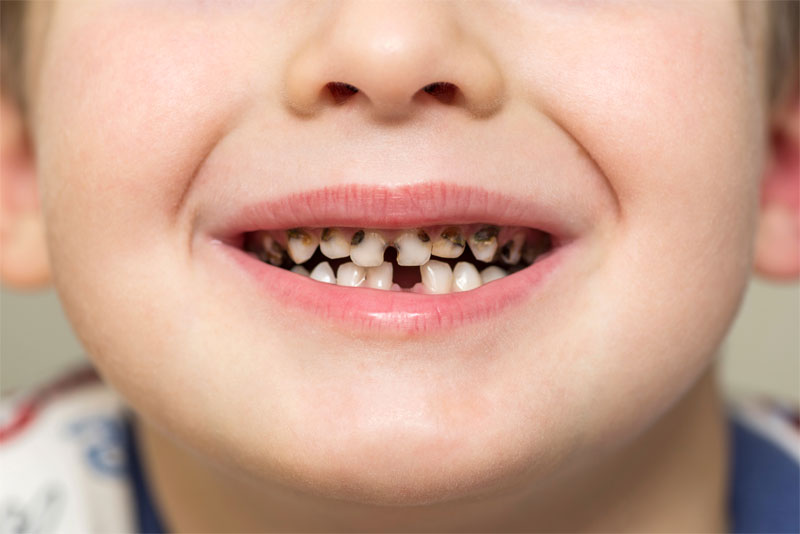

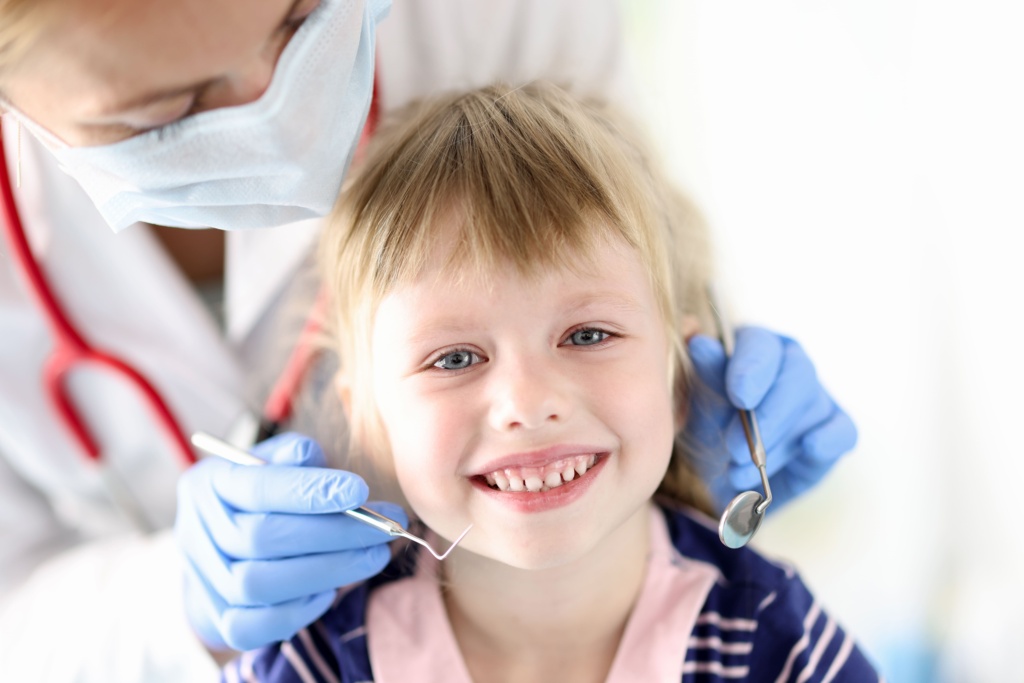
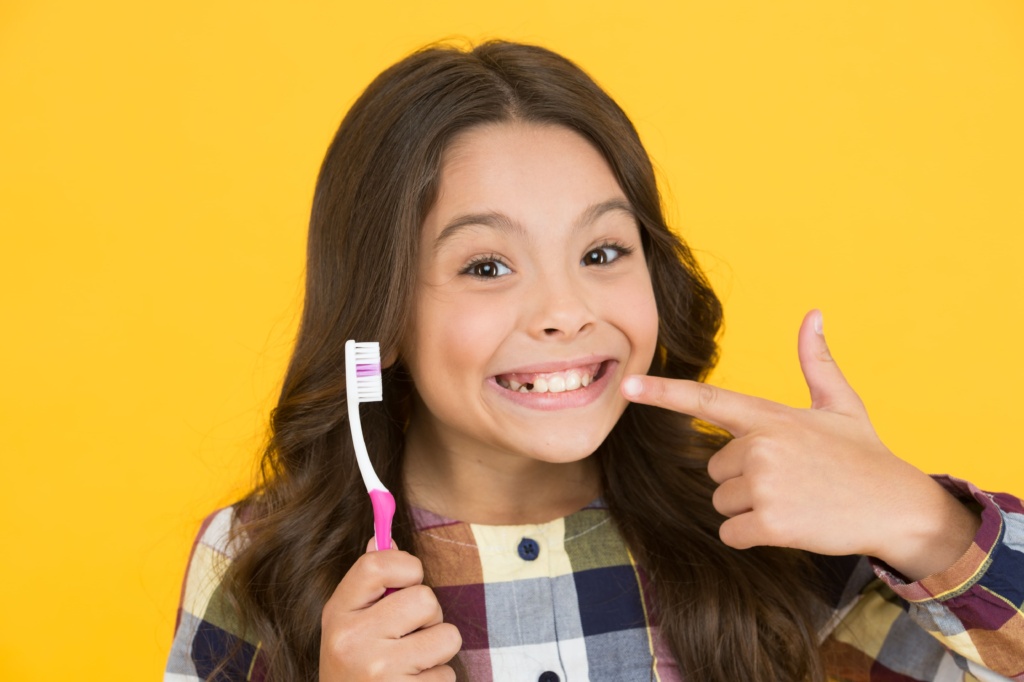






2.png)
